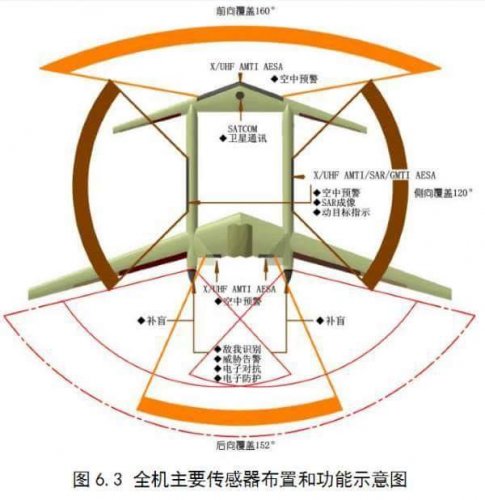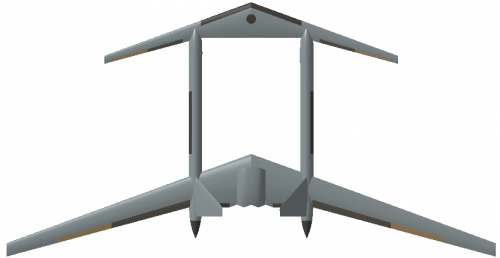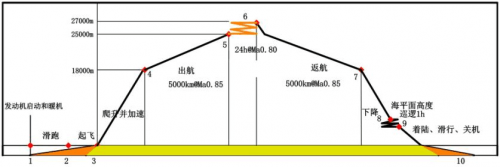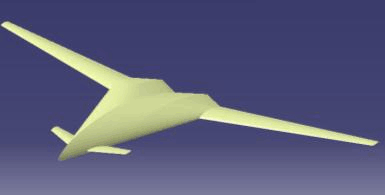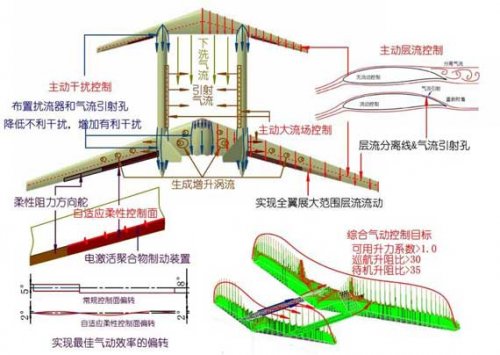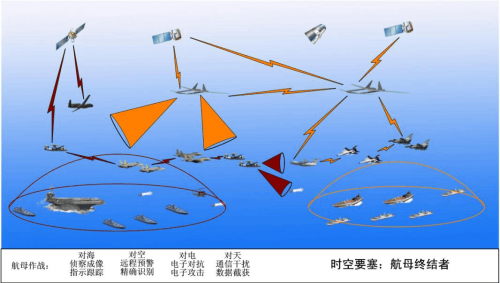- Joined
- 2 January 2006
- Messages
- 3,638
- Reaction score
- 3,793
The next mayor unveiling at Shenyang ... Finally, long expected, always in strange and stranger configurations ... but now here it is the PLAAF's BAMS-like UAV 'Divine Eagle' !!!
By the way via Huitong: http://chinese-military-aviation.blogspot.de/p/uavucav-ii.html
By the way via Huitong: http://chinese-military-aviation.blogspot.de/p/uavucav-ii.html
This large high-altitude long-endurance (HALE) UAV has been under development at 601 Institute/SAC as an "anti-stealth" AEW platform. The UAV features a novel twin fuselage/twin vertical tailfin design with the straight main wing extending across the rear fuselage. It also has a small wing structure connecting the forward sections of twin fuselages. A SATCOM antenna is expected to be installed inside one of the head bulges. The UAV is thought to be powered by a turbofan engine (WS-11?) located above the main wing and between the two vertical tainfins. As an AEW platform Divine Eagle is expected to have multiple conformal radar antennas installed on the forward fuselages facing different directions. The VHF meter wave radar is capable of detecting stealth aircraft at a relatively long range but suffers from a lower accuracy. Therefore several Divine Eagles may typically fly in a group formation ahead while being controlled via datalink by the AWACS flying behind in a safe distance or by the ground station protected by the air defense unit. Together they act as an airborne multistatic radar system and are able to pick up the radar reflection signals of the same stealth aircraft from multiple directions. As the result the UAV can extend both the detecting range and accuracy of the AWACS against stealth aircraft. The design of Divine Eagle appear to share some similarity with the Russian Sukhoi S-62 concept which first appeared around 2000. It was reported that Russian assistance was sought during the initial development stage. A technology demonstrator was built by the spring 2015. Some specifications (estimated): height 6m, length 14m, wingspan 35m, endurance >10hr, ceiling 18km. If successfully entering the service, Divine Eagle would become the first airborne anti-stealth radar system in the world to counter American F-22s, F-35s and B-2s.
Attachments
-
 PLAAF UAV BAMS-like Divine Eagle - first real 26.5.15 - 2.jpg39.3 KB · Views: 688
PLAAF UAV BAMS-like Divine Eagle - first real 26.5.15 - 2.jpg39.3 KB · Views: 688 -
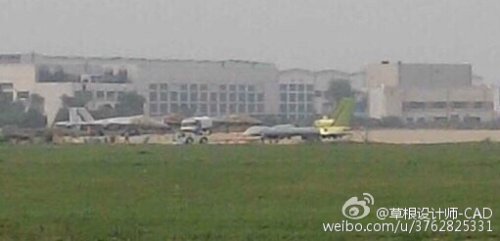 PLAAF UAV BAMS-like Divine Eagle - 27.5.15 - 2.jpg27 KB · Views: 214
PLAAF UAV BAMS-like Divine Eagle - 27.5.15 - 2.jpg27 KB · Views: 214 -
 PLAAF UAV BAMS-like Divine Eagle - configuration 3 - 2.png51.4 KB · Views: 651
PLAAF UAV BAMS-like Divine Eagle - configuration 3 - 2.png51.4 KB · Views: 651 -
 PLAAF UAV BAMS-like Divine Eagle - configuration 3 - 1.png49.4 KB · Views: 691
PLAAF UAV BAMS-like Divine Eagle - configuration 3 - 1.png49.4 KB · Views: 691 -
 PLAAF UAV BAMS-like Divine Eagle - 27.5.15 - 1.jpg63.4 KB · Views: 704
PLAAF UAV BAMS-like Divine Eagle - 27.5.15 - 1.jpg63.4 KB · Views: 704 -
 PLAAF UAV BAMS-like Divine Eagle - first real 26.5.15 - 3.jpg28 KB · Views: 703
PLAAF UAV BAMS-like Divine Eagle - first real 26.5.15 - 3.jpg28 KB · Views: 703


